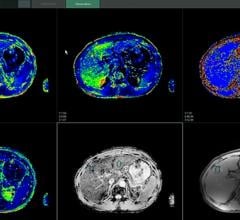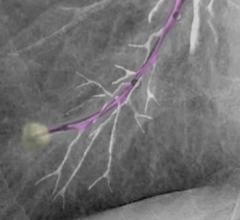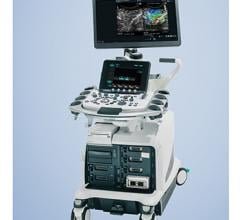June 2, 2009 - Clinical trial results presented at the Digestive Disease Week in Chicago today reveal that endoscopic radiofrequency ablation performed in a community practice setting is safe and effective for eradicating a pre-cancerous esophageal condition known as Barrett's esophagus.
The study, "Radiofrequency Ablation of Barrett Esophagus: Outcomes of 429 Patients from a Multicenter Community Practice Registry," was presented on June 1, 2009, by Ronald E. Pruitt, M.D., Nashville, Tenn., at a scientific session sponsored by the American Society of Gastrointestinal Endoscopy.
The study's author reported on 429 patients with Barrett's esophagus, with and without advanced dysplasia (cellular signs of advanced progression towards cancer), who were treated with radiofrequency ablation using the HALO ablation system (BARRX Medical, Sunnyvale, Calif.) over the last four years. They report that the adverse event rate was favorable, with a low stricture risk (about 1 percent) and no serious adverse events. After an average of two ablation procedures and 20 month follow-up, 77 percent of patients were cured of their Barrett's disease. For those patients that had baseline evidence of dysplasia, 100 percent had complete eradication of all signs of dysplasia.
"We believe that the results of our trial are unique and relevant to the scientific knowledge-base, as this is the largest patient experience reported to date and the first multi-center trial conducted at community practice centers for using radiofrequency ablation to eradicate Barrett's esophagus," said Dr. Pruitt. "Most importantly, we found that the safety and efficacy outcomes garnered in this clinical setting comport with those from reported trials conducted as predominantly academic tertiary referral centers."
Study centers were comprised of large community practices with expertise in therapeutic endoscopy and the management of Barrett's esophagus. Radiofrequency ablation was applied with a balloon-based circumferential device and an endoscope mounted focal device. Patients underwent biopsy sampling of tissue from the esophagus at regular intervals to determine if all Barrett's disease had been eradicated. To be considered a "complete responder," all biopsy samples had to be normal.
For more information: www.barrx.com


 December 23, 2019
December 23, 2019 








